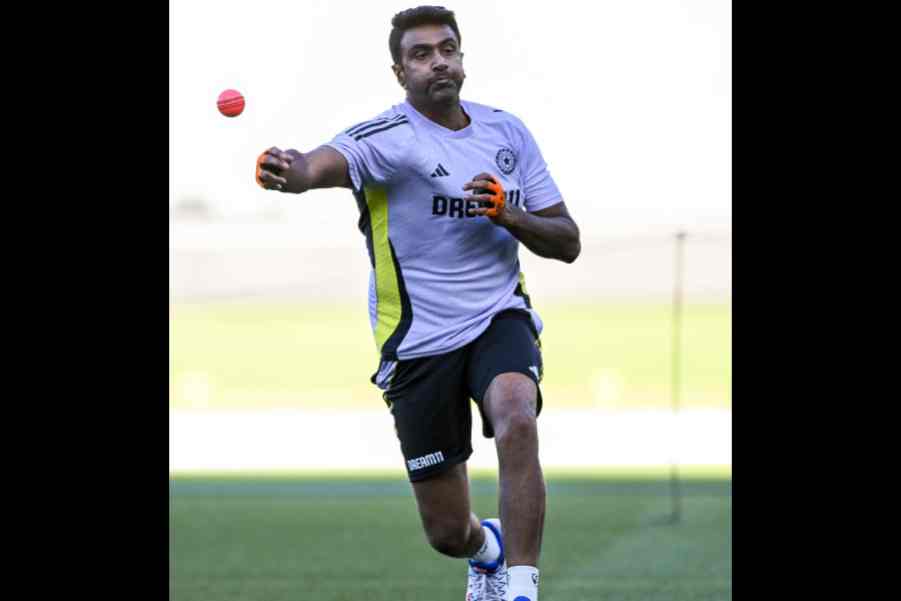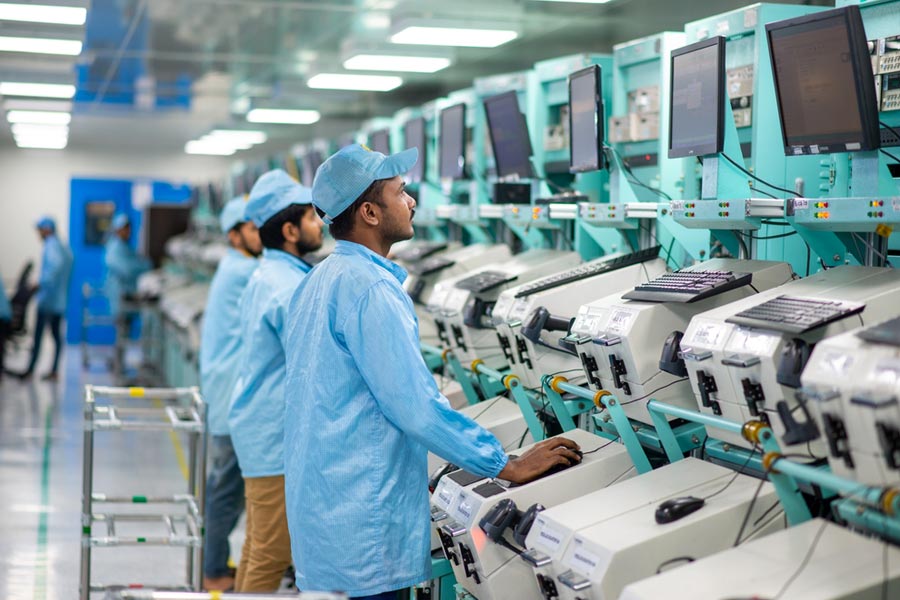“The Australian teams don’t know what they get here.” Damian Hough, head curator of the Adelaide Oval, categorically said so when queried if he had spoken to India captain Rohit Sharma or his Australia counterpart Pat Cummins ahead of the pink-ball day-night Test in Adelaide beginning on Friday.
Now, what the Adelaide curator didn’t say in as many words is that the home team doesn’t influence him to prepare a pitch of its choice.
But make no mistake, the Adelaide Oval surface will have good pace and bounce for the quicks, which Team India may not be too worried about following their 295-run win over Australia in the Border-Gavaskar Trophy opener in Perth. That said, the pitch hints at a fair amount of turn for the pink Kookaburra ball.
“What we’re trying to do is have a coarse mat grass, thatchy type of grass that’s really dry and hard. And the reason we do that is we’re trying to get as much pace and bounce out of the pitch as what we can possibly get for Adelaide, which is lower in clay content.
“But spin also normally plays a role, so a spinner can get good bite or purchase out of that grass alongside good bounce,” Hough, who was in charge of the preparation of the drop-in pitches of the pop-up stadium in New York for this year’s T20 World Cup, said in a virtual news conference on Wednesday.
“We’re trying to allow all facets of the sport to shine at some stage during the game, but yeah, usually, the quicks should be able to get some assistance throughout the game. Spin can also come into it in that night session if they can get hold of a new ball.”
Looking back at India’s second-innings humiliation in the last pink-ball Test they played in Adelaide, the curator put it down to “just good bowling” from the Australian quicks on that occasion. The effort, this time around, is to ensure there’s balance between bat and ball in the drop-in Adelaide Oval surface.
“I felt that it wasn’t about excessive seam… Bowlers too can also have good days,” Hough stated about that forgettable 36 all out, adding: “We’re trying really hard to ensure that the balance between bat and ball is there and we can allow the batters to shine strategically throughout the course of the game.
“What we do know is drop-in pitches, if they go flat, they can go really flat. So, the grass helps with the pace and the bounce, bounce in particular. And it just gives it enough seam and nibble with that new ball. As the ball gets older, that’s where we hope partnerships can be formed and the batters can start playing a good role in the game.
“The idea of leaving that extra bit of grass and that matty grass is for the spinner to be able to get purchase out of that mat and get it to bite, grip and bounce. So, we want spin to play a role at Adelaide.”
With the curator laying so much emphasis on the spinners’ role, will India be tempted to add either Ravichandran Ashwin or Ravindra Jadeja in the mix alongside Washington Sundar?
Asked if batting first or bowling first would be the right thing to do on that surface, Hough replied: “I don’t think people should be afraid to win the toss and bat. I guess Friday (Day I) is going to be a lot of thunderstorms around. That might play a part while it’s also going to be quite hot and humid. They (teams) might decide off the back of the atmospheric sort of conditions and the weather patterns on what they’re going to do. So, I don’t think it should matter either way.”











